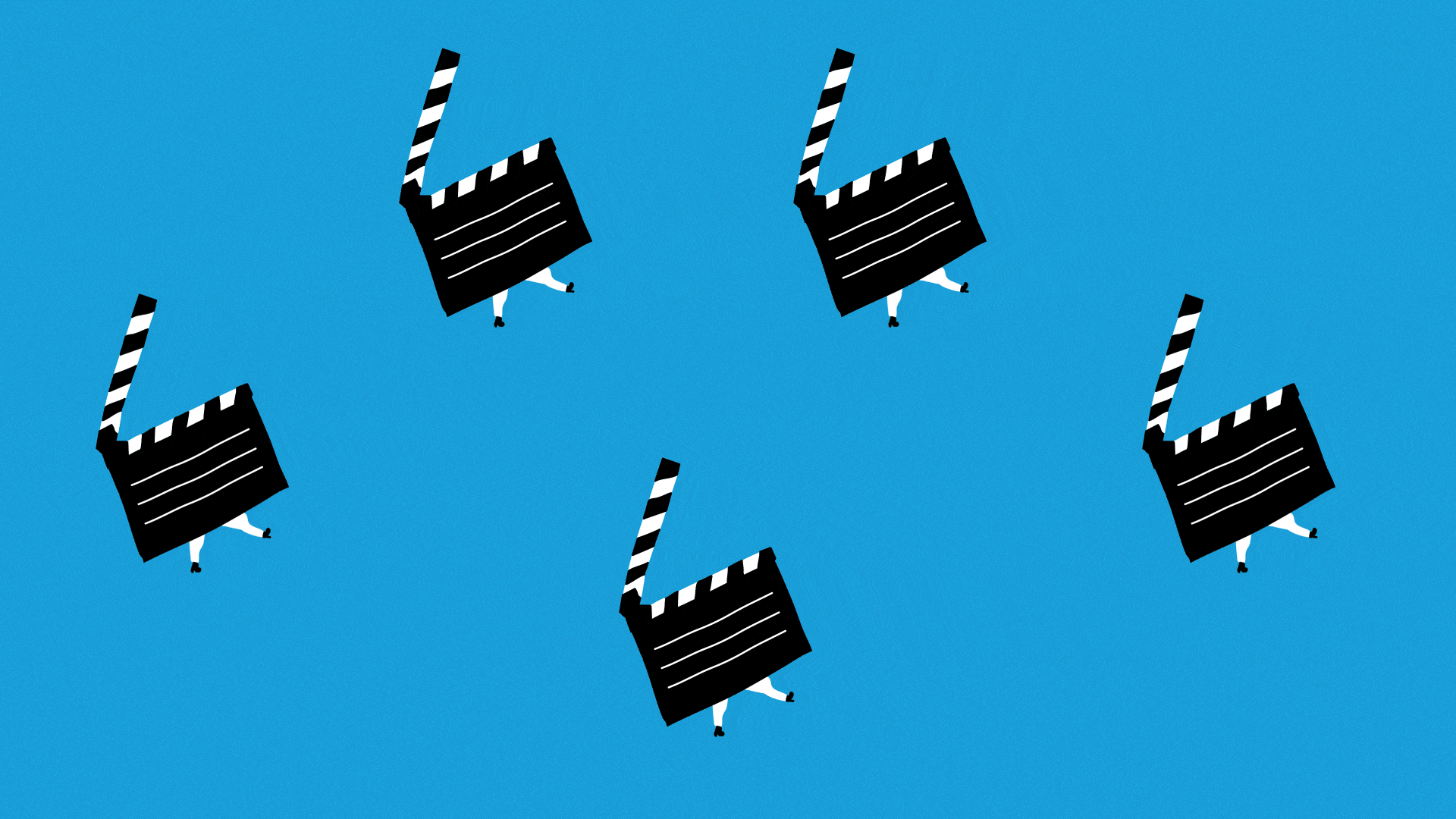
When you hear the word “animation,” do you immediately think of a desk lamp hopping by? Do you see Buzz Lightyear flying around? Or are you overcome with nostalgia, vintage Disney characters popping in your head? Of course, for many, that is the first association with animation. The dictionary even defines it as ” the process of making films, videos and computer games in which drawings, models or images of people and animals seem to move.” Somewhat outdated, we think. You don’t come across animation only when watching a (Pixar) movie.

A random scroll online brings you in touch with an incredibly diverse palette of animation elements. On social media. In email banners. Or even on your own website – animation is almost everywhere. But how exactly do we define animation? What does animation do for your brand? And how is it best used?
Animation is the manipulation of visual elements to create the impression of movement. The principle is simple – by having images, or ‘frames’ in animation jargon, follow each other in rapid sequence an illusion of movement is created. Think of the flip books from the past. You’ve probably made one yourself. And you might still remember how labor intensive the old-fashioned way of animating is. With the arrival of computers, animation became a lot easier, and many new possibilities opened up, such as 3D animation and games. But also UI/UX elements, such as moving effects in websites.
The arrival of these new possibilities turned the marketing and communication world upside down. With a target audience that has a decreasing attention span and a growing stream of online communications, it is becoming increasingly difficult to make your message stand out. What a moving image does is grab attention. Whether it’s an animated video on social media, or a movement in your UI/UX design: animation gets you noticed.
After that, the trick is to ensure your target audience keeps on watching. In an animated video good direction is the key to success. You remain in control of the storyline – of the information you offer to your viewer, in the time frame you choose. A benefit but also a big responsibility. So, make sure you know what you’re doing before you start working with animation.
Another major advantage of animation is its scalability and multimedia deployment. With a few core elements you can create an enormous number of expressions, which can be used timelessly and flexibly. This makes working with animation not only effective and fun but also super practical.
Can you envision the vivid characters, remarkable worlds and bouncy logos? Nice. But – and we can’t stress this enough – make sure the animation is in line with your brand. Here are some tips on how to do that:
1. The essential first step in branded animation is (surprise, surprise) getting to the heart of your message. That goes for creating an animated video, but also for adding UX movement in your online expressions. Always make sure your goal is clear before you start execution.
2. Don’t underestimate the power of storytelling. Animators are visual storytellers who know the elements of a strong story and know how to harness them. Consider, for example, using a mascot to which you attach elements (personification), or character design and world building. Or the use of supporting text – spoken or not written.
3. Make choices. The creative freedom in the world of animation is overwhelming: you really CAN make anything. Want to have a (pink) elephant riding on a bike? Or make it rain chocolate sprinkles? We want that too. You should go for it, as long as it suits your brand! Determine your message in advance and make timely choices that ensure you don’t deviate (too much) from your path. A tight script and strong storyboard are key to this.
4. Timing is everything. You are in charge of the story, and therefore also of the length of time the viewer is given to absorb information. Make sure you use that time well. Think about pacing, what information you show and when, how long it stays on screen, and where and when you use silence.
5. Perhaps the most important: Make sure your animation is in line with your brand. Again, in the world of animation, anything goes. Don’t let this overwhelm you and stay true to your brand. Reiterate your brand colors and elements in an animation video, and make sure you don’t stray too far from your core values. Do you have the ‘The Creator’ as an archetype? Then you’re probably looking for creative ways to get your message across. Just like us. 😉
6. Link your UX movement to your brand values. Are you reliable and radiate tranquility? Then you should go for a calm flow not a buzzing motion. But are you particularly “bold”? Then your animated object can be just as bold, to emphasize your brand character.
In short, animation offers tons of possibilities, cleverly deployed as a visual, moving translation of your brand. Are you ready to bring your brand to life with animation? I would love to work on it for you!
“Animation can explain whatever the mind of man can conceive”
Walt Disney
Psstt… In the meantime, want to learn more about this wonderful world? Then “Animated Storytelling” by Liz Blazer is my reading tip for you, this video a fine viewing tip, and of course, we are always happy to help you out.